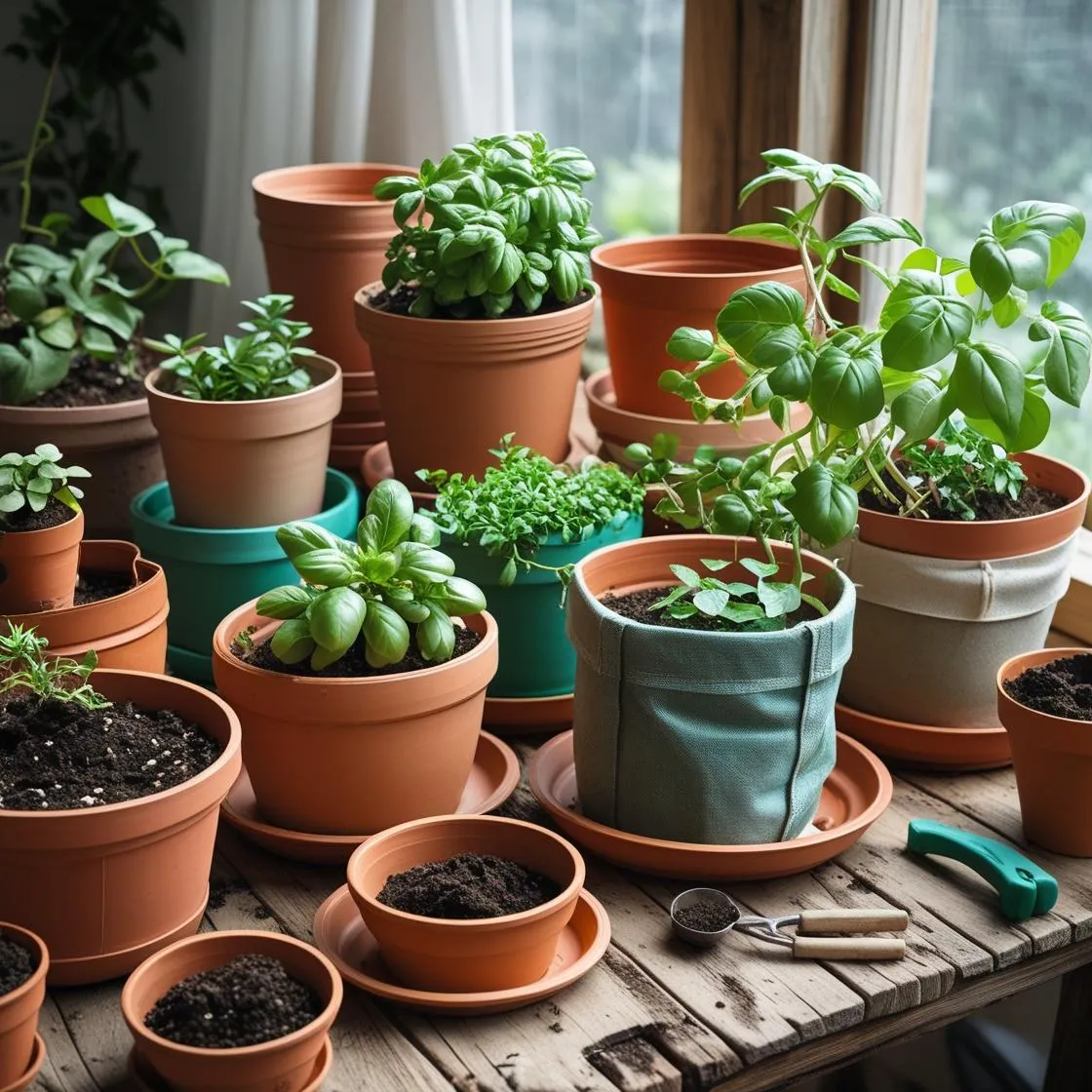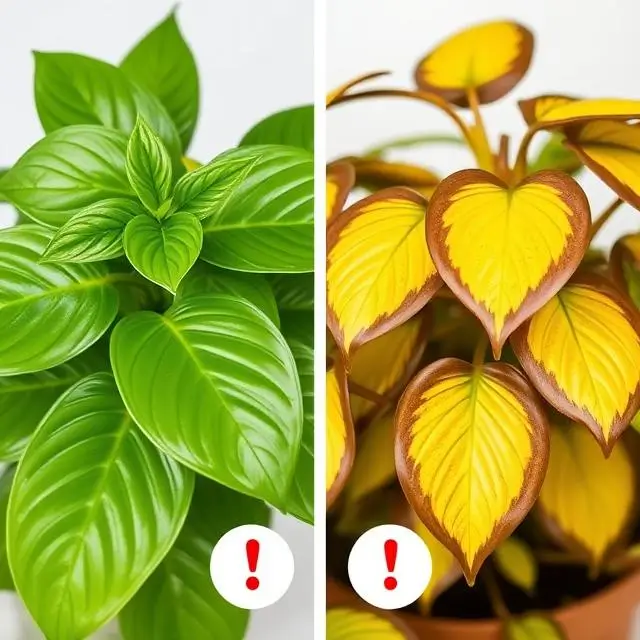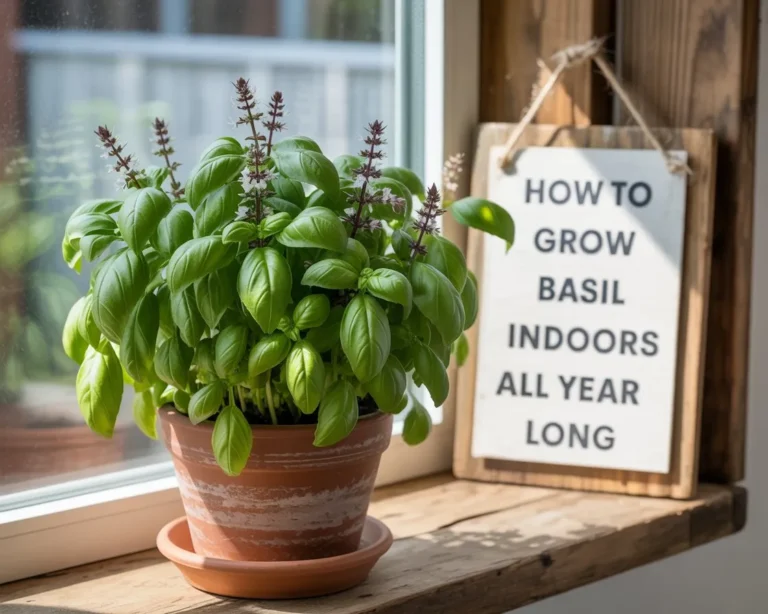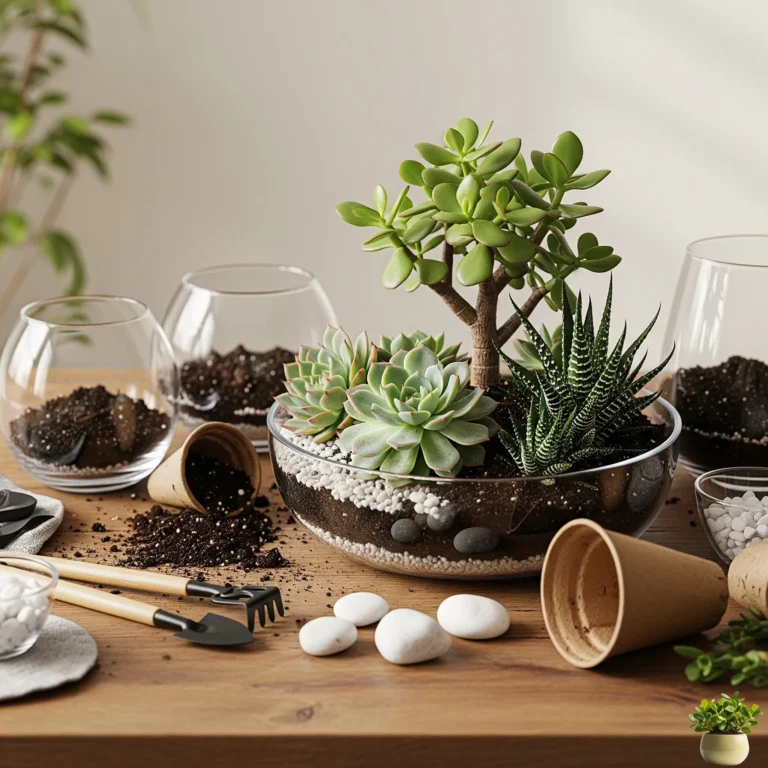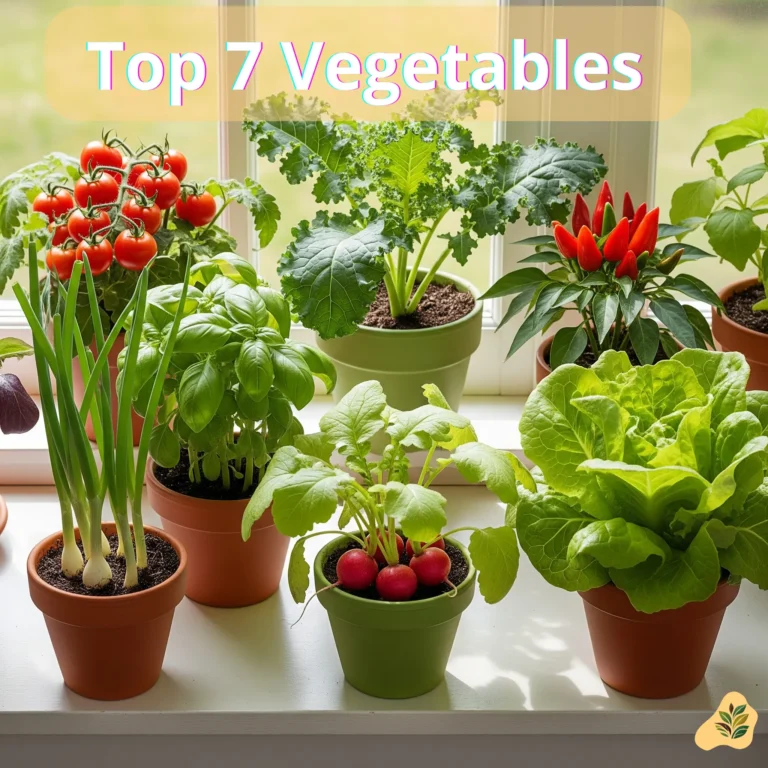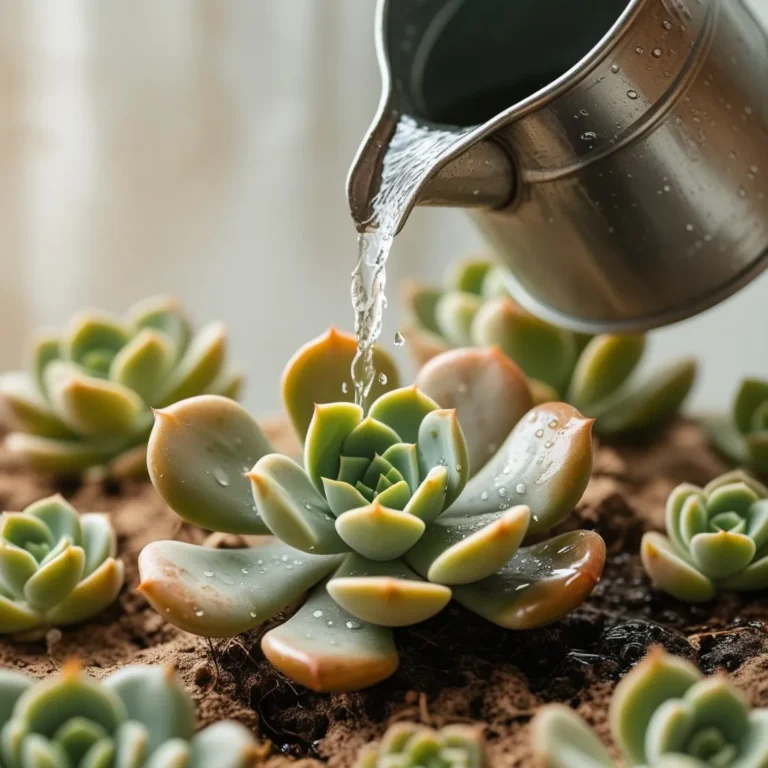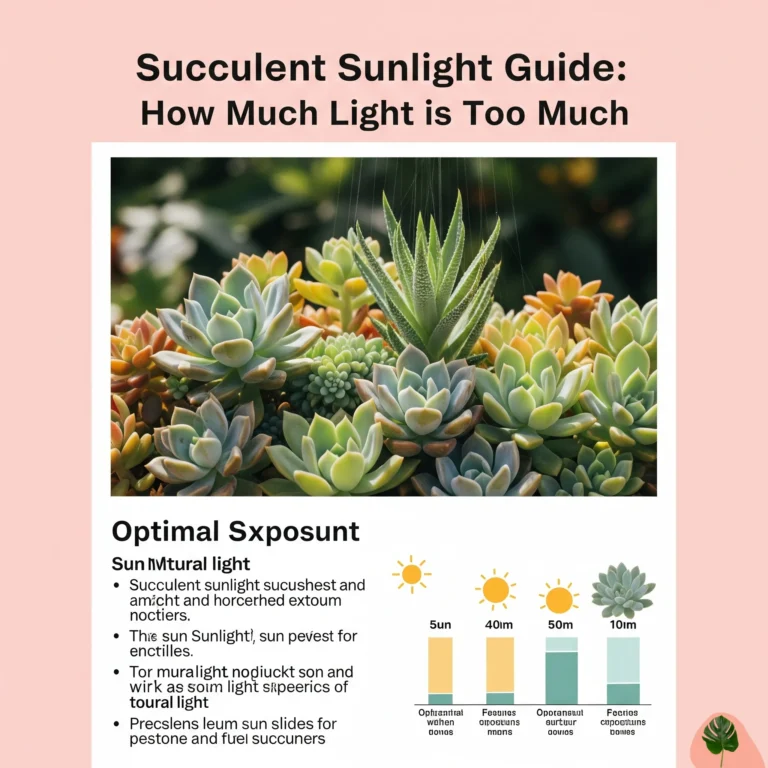How to Choose the Right Pot for Your Plants
Picking a new plant is exciting, but the pot you put it in is just as important as the plant itself. It’s more than just a decorative home; the right container can be the difference between a thriving houseplant and a struggling one. To choose the right pot for plants, you need to consider size, material, and drainage. These factors directly impact root health, water retention, and overall growth. This guide will walk you through everything you need to know about choosing plant containers that will set your green friends up for success.
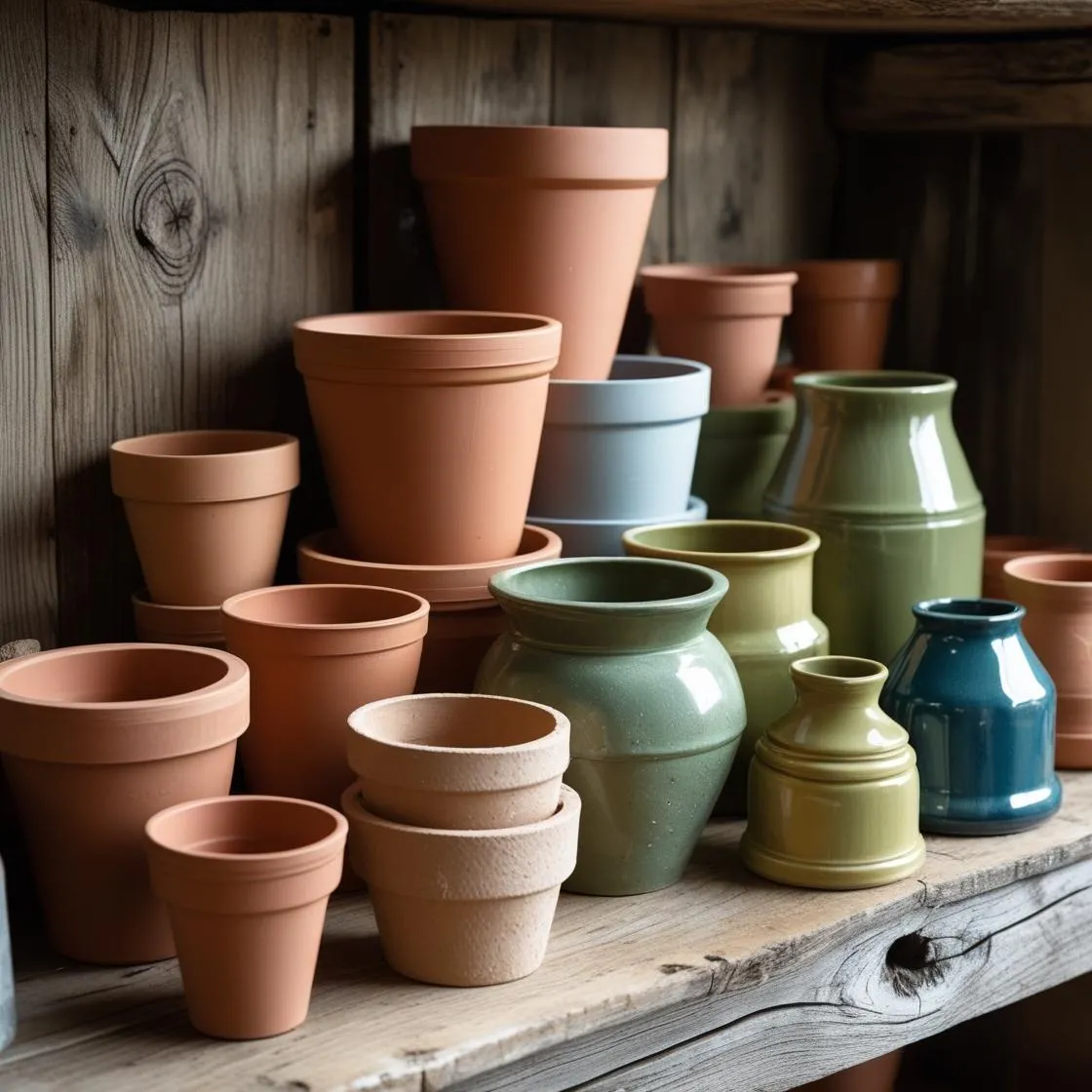
Pot Materials at a Glance
The material of your pot dramatically affects how it holds moisture. Understanding the basics of terracotta vs. plastic pots and other common materials is your first step.
| Pot Material | Pros | Cons | Best For |
| Terracotta | Breathable, porous, natural look | Dries out quickly, fragile | Succulents, cacti, and plants prone to root rot. |
| Plastic | Lightweight, retains moisture, affordable | Less breathable, can get brittle in sun | Moisture-loving plants like ferns and calatheas. |
| Glazed Ceramic | Very decorative, retains moisture well | Heavy, often expensive, can lack drainage | Statement plants that prefer consistent moisture. |
| Fabric | Excellent aeration, promotes healthy roots | Dries out very fast, can be messy indoors | Outdoor container gardening and large indoor trees. |
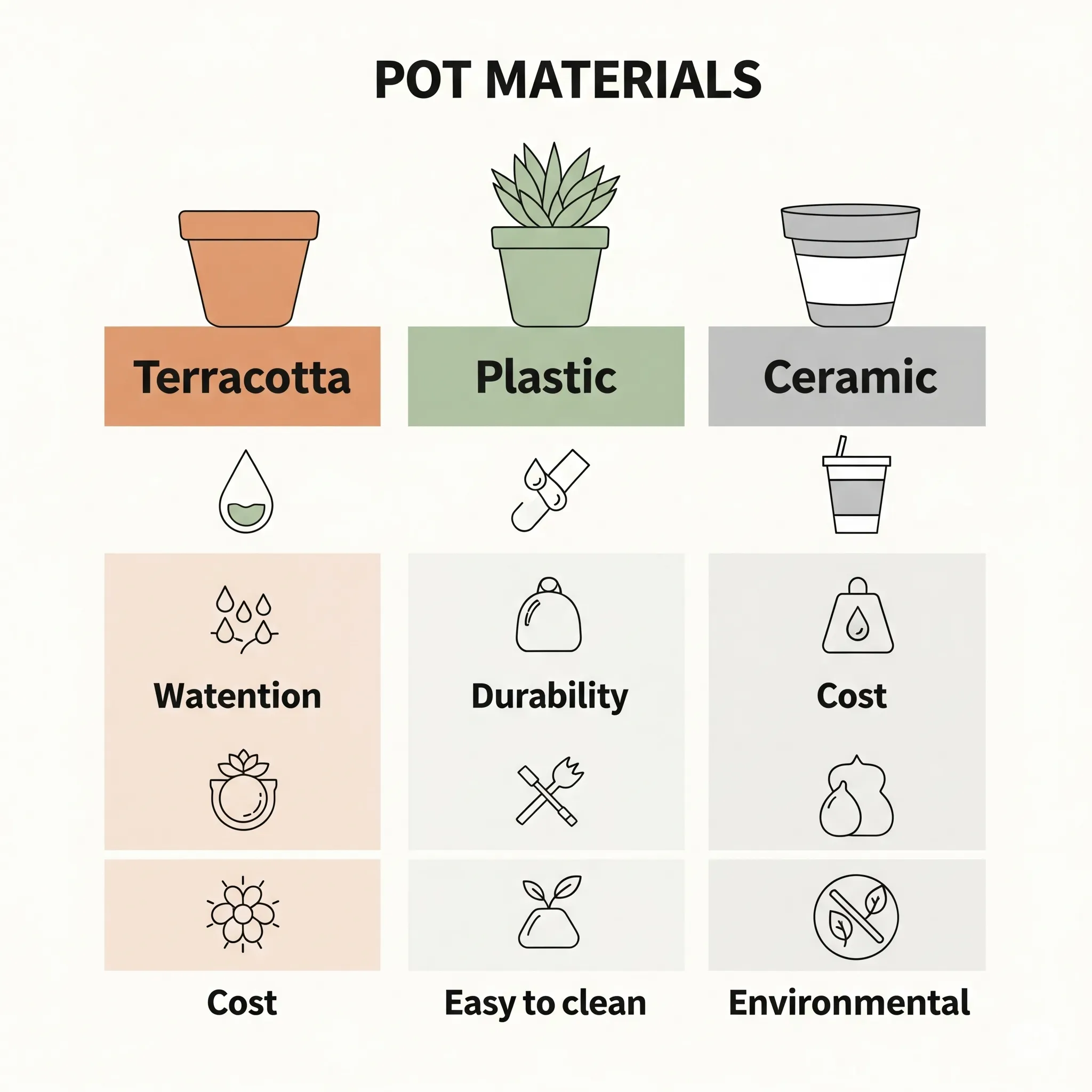
How to Choose the Right Pot for Plants: The Big Three
When selecting a home for your plant, focus on these three critical elements: size, drainage, and material.
1. Pot Size for Houseplants
Size matters immensely. A pot that’s too large holds excess soil and moisture, which can lead to root rot. A pot that’s too small will restrict root growth, stunting your plant.
- Rule of Thumb: When repotting, select a new container that is only 1-2 inches larger in diameter than the current one. This gives the roots room to grow without overwhelming them.
2. The Non-Negotiable: Drainage
This is the single most important factor. If water can’t escape, it will pool at the bottom of the pot, suffocating the roots. This is a primary cause of common houseplant problems.
- Pro Tip: If you fall in love with a decorative pot that has no drainage hole (a “cachepot”), use it as a sleeve. Keep your plant in a plastic nursery pot with holes, and simply place it inside the decorative one.
3. Material (As Seen Above)
Revisit the table above and match the material to your plant’s specific needs and your watering habits. Are you an over-waterer? Porous terracotta is your best friend. Do you tend to forget to water? A plastic or glazed ceramic pot will be more forgiving.
The Ultimate Drainage Guide
Don’t underestimate the power of a simple hole. Here’s why it’s a game-changer for container gardening tips.
| Drainage Feature | Why It’s Critical | Pro Tip |
| Drainage Hole(s) | Allows excess water to escape, preventing root rot. | Always check for a hole before you buy. If there isn’t one, you can often drill one yourself in plastic or terracotta pots. |
| Saucer or Tray | Catches runoff water, protecting your furniture. | Empty the saucer about 30 minutes after watering so the plant isn’t sitting in a puddle. |
| “Adding Rocks” Myth | Contrary to popular belief, a layer of rocks does not improve drainage. It creates a false water table, which actually keeps the roots wetter. | Skip the rocks! Focus on a pot with a real drainage hole and use a well-draining soil mix instead. |
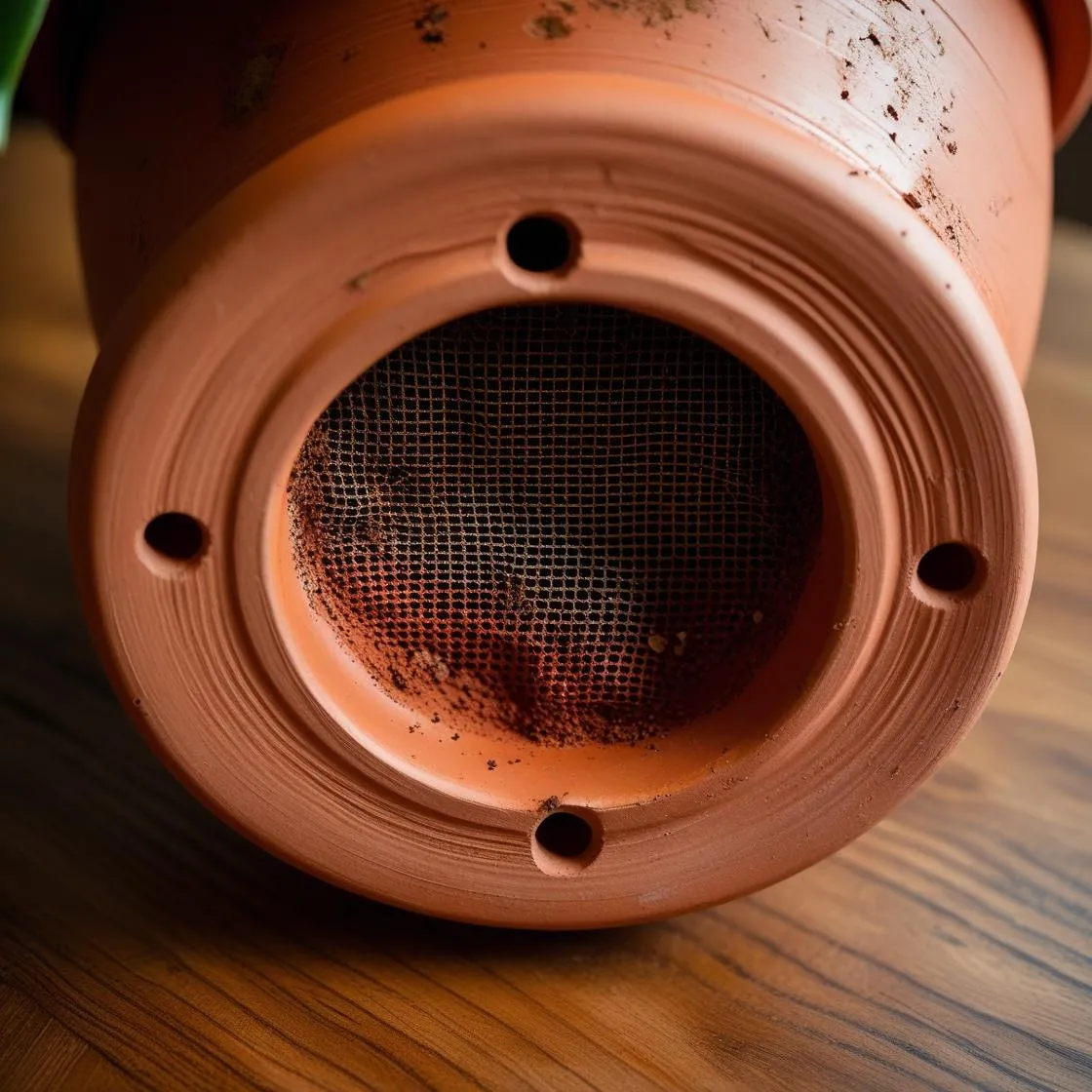
Matching the Pot to the Plant
Different plants have different root systems and water requirements. Choosing plant containers that complement these needs is essential. A desert-dwelling succulent has vastly different needs from a tropical fern.
Here’s a quick reference chart to help you find the best pots for indoor plants you own.
| Plant Type | Water Needs | Recommended Pot Material |
| Succulents & Cacti | Low (likes to dry out completely) | Terracotta, unglazed ceramic |
| Ferns & Calatheas | High (prefers consistently moist soil) | Plastic, glazed ceramic |
| Snake Plants & ZZ Plants | Low (drought-tolerant) | Terracotta, ceramic, plastic (very forgiving) |
| Pothos & Philodendron | Medium (likes to dry out partially) | Any material with good drainage works well. |
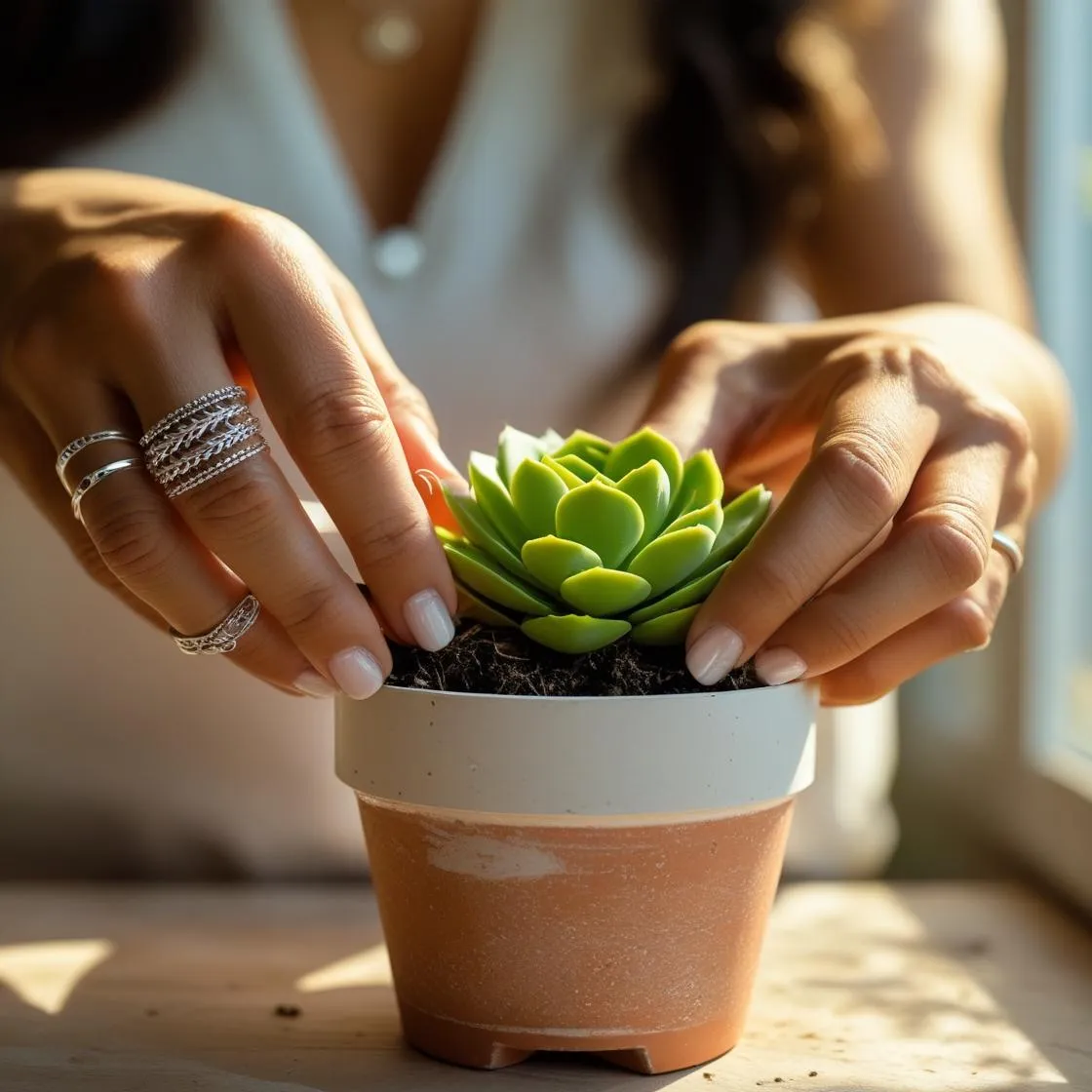
Your Pot, Your Plant’s Forever Home
Choosing the right pot is a fundamental part of plant care that goes far beyond aesthetics. By considering the size, drainage, and material, you give your plant the stable and healthy environment it needs to flourish. Think of the pot not just as a container, but as a crucial part of your plant’s ecosystem.
What’s your favorite type of pot to use for your houseplants? Share your tips and finds in the comments below

